
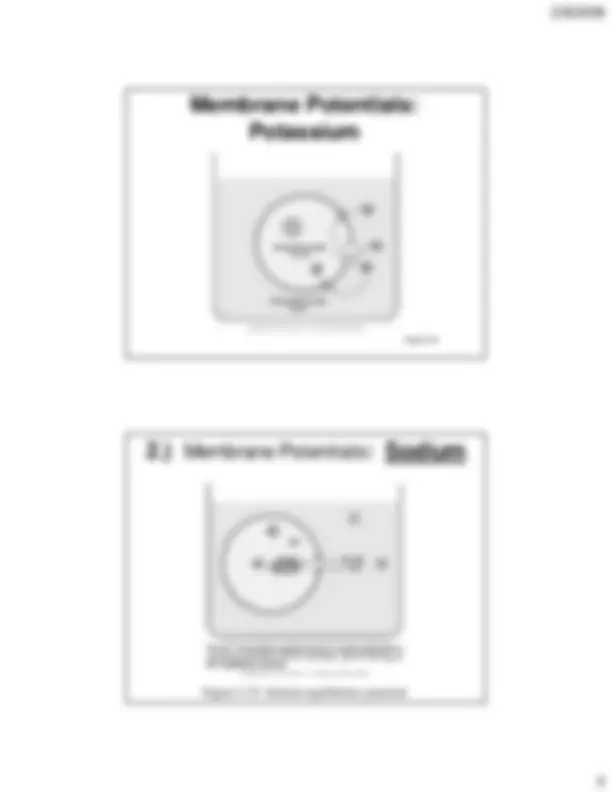
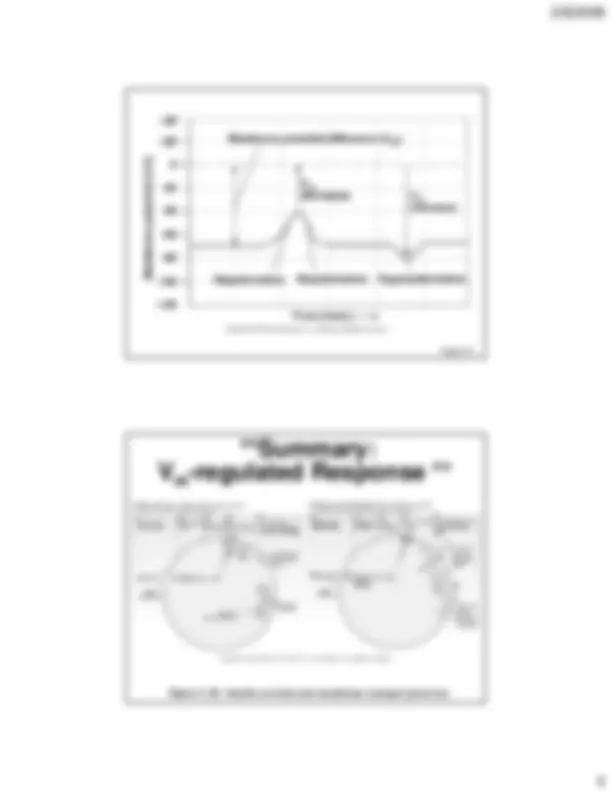
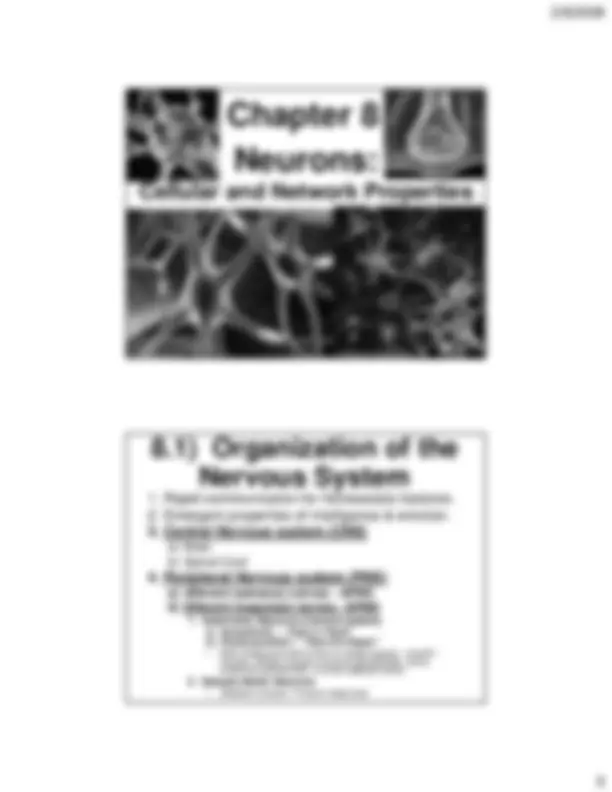
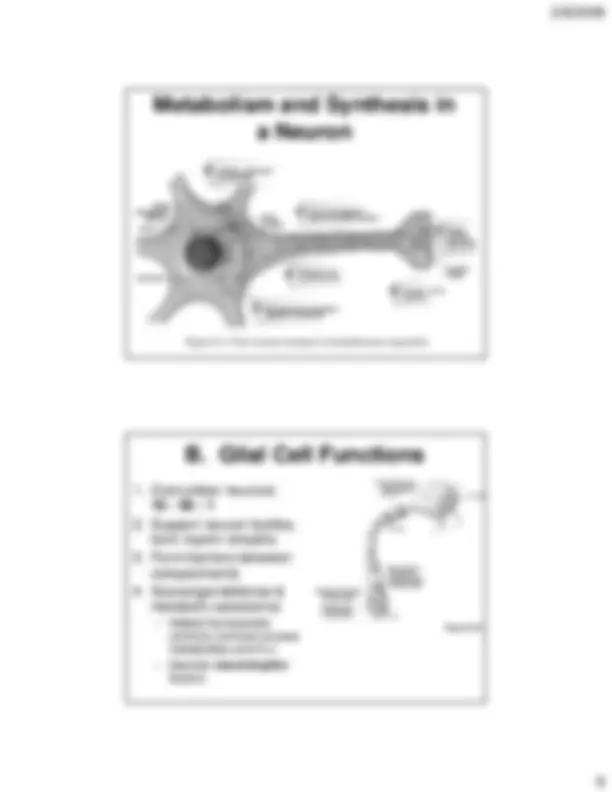
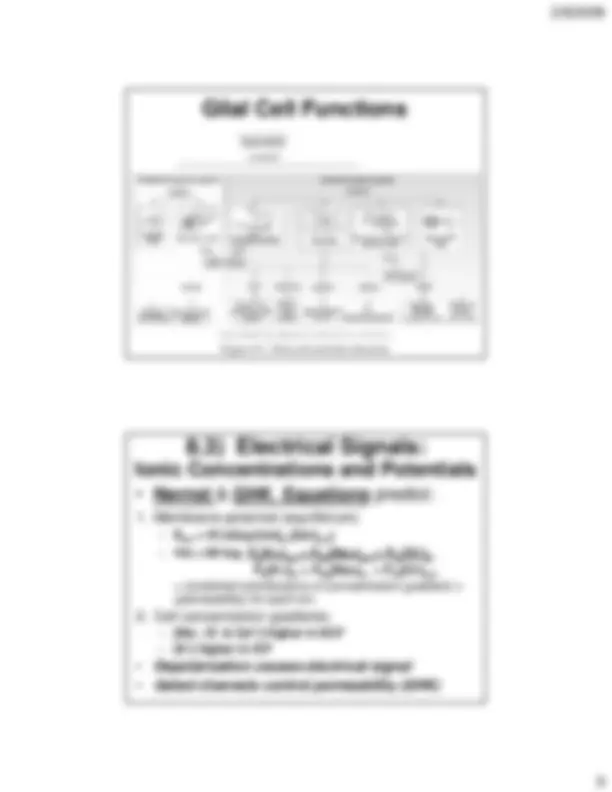
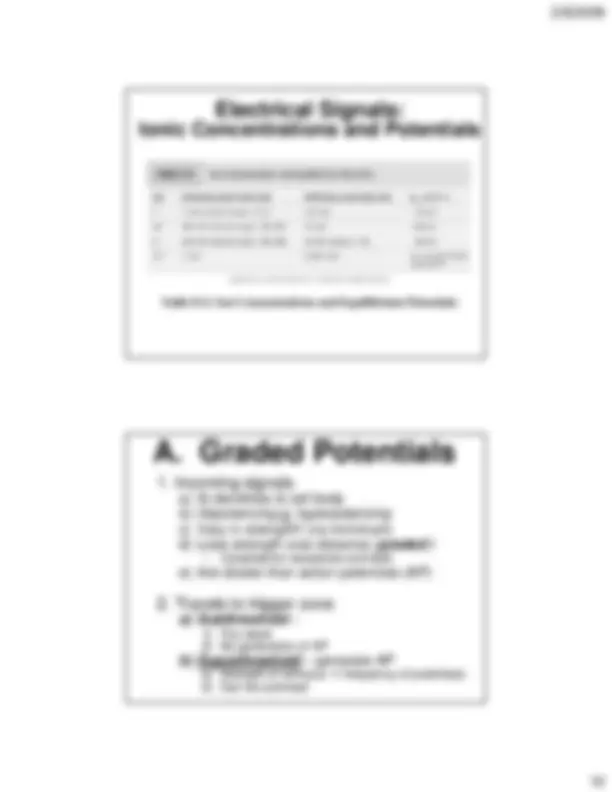
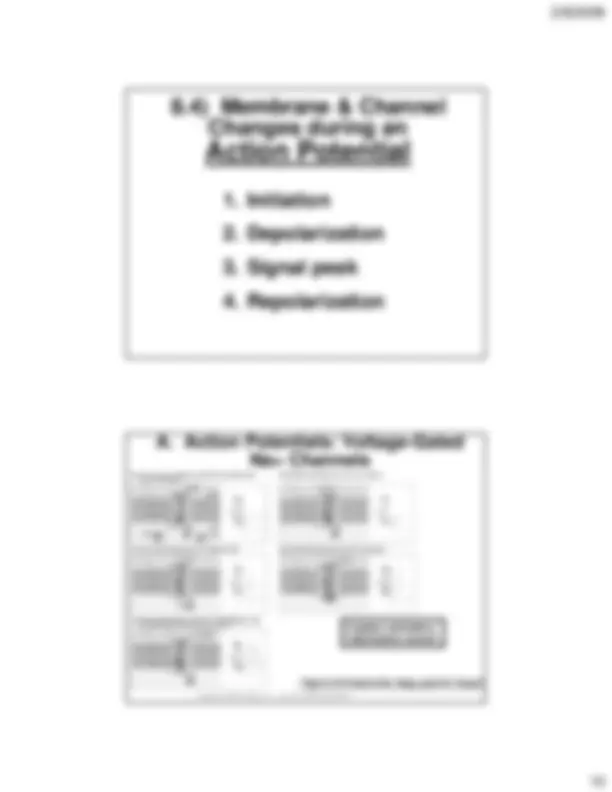
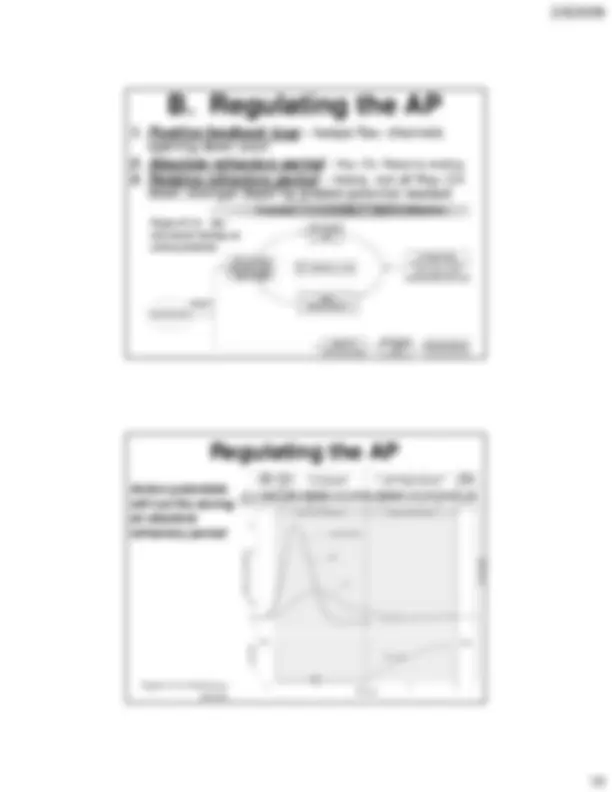


Study with the several resources on Docsity

Earn points by helping other students or get them with a premium plan


Prepare for your exams
Study with the several resources on Docsity

Earn points to download
Earn points by helping other students or get them with a premium plan
Community
Ask the community for help and clear up your study doubts
Discover the best universities in your country according to Docsity users
Free resources
Download our free guides on studying techniques, anxiety management strategies, and thesis advice from Docsity tutors
Material Type: Lab; Professor: Staples; Class: Intro To Physiology; Subject: Biology; University: San Mateo County Community College District Office; Term: Spring 2009;
Typology: Lab Reports
1 / 14

This page cannot be seen from the preview
Don't miss anything!









Figure 5- Figure 5-34: Potassium equilibrium potential34: Potassium equilibrium potential
Cellular and Network PropertiesCellular and Network Properties 1.1. Rapid communication for homeostatic balance.Rapid communication for homeostatic balance.Chapter 8^ Chapter 8Neurons:Neurons:
1.1. Pseudo2.2. Bipolar3.3. Anaxonic4.4. Multipolar 5.5. Multipolar Diverse Neuron Form & Functions^ Diverse Neuron Form & Functions Pseudo-unipolarunipolarBipolarAnaxonicMultipolar – – CNS Multipolar – – efferentCNSefferent - Figure 8Figure 8--3:3: Anatomic and functional categories of neuronsAnatomic and functional categories of neurons
Ionic Concentrations and PotentialsIonic Concentrations and PotentialsA. Graded Potentials A. Graded Potentials 1.1. Incoming signals Table 8Table 8- Incoming signals -2: Ion Concentrations and Equilibrium Potentials2: Ion Concentrations and Equilibrium Potentials Electrical Signals:^ Electrical Signals:
Figure 8- Figure 8-10: Model of the voltage10: Model of the voltage-^ 2 gates: activation,2 gates: activation,inactivation (slow!)inactivation (slow!) -gated Nagated Na ++^ channelchannel
Action potentialsAction potentialswill not fire duringwill not fire duringan absolutean absoluterefractory periodrefractory period Figure 8Figure 8--12: Refractory12: Refractoryperiodsperiods